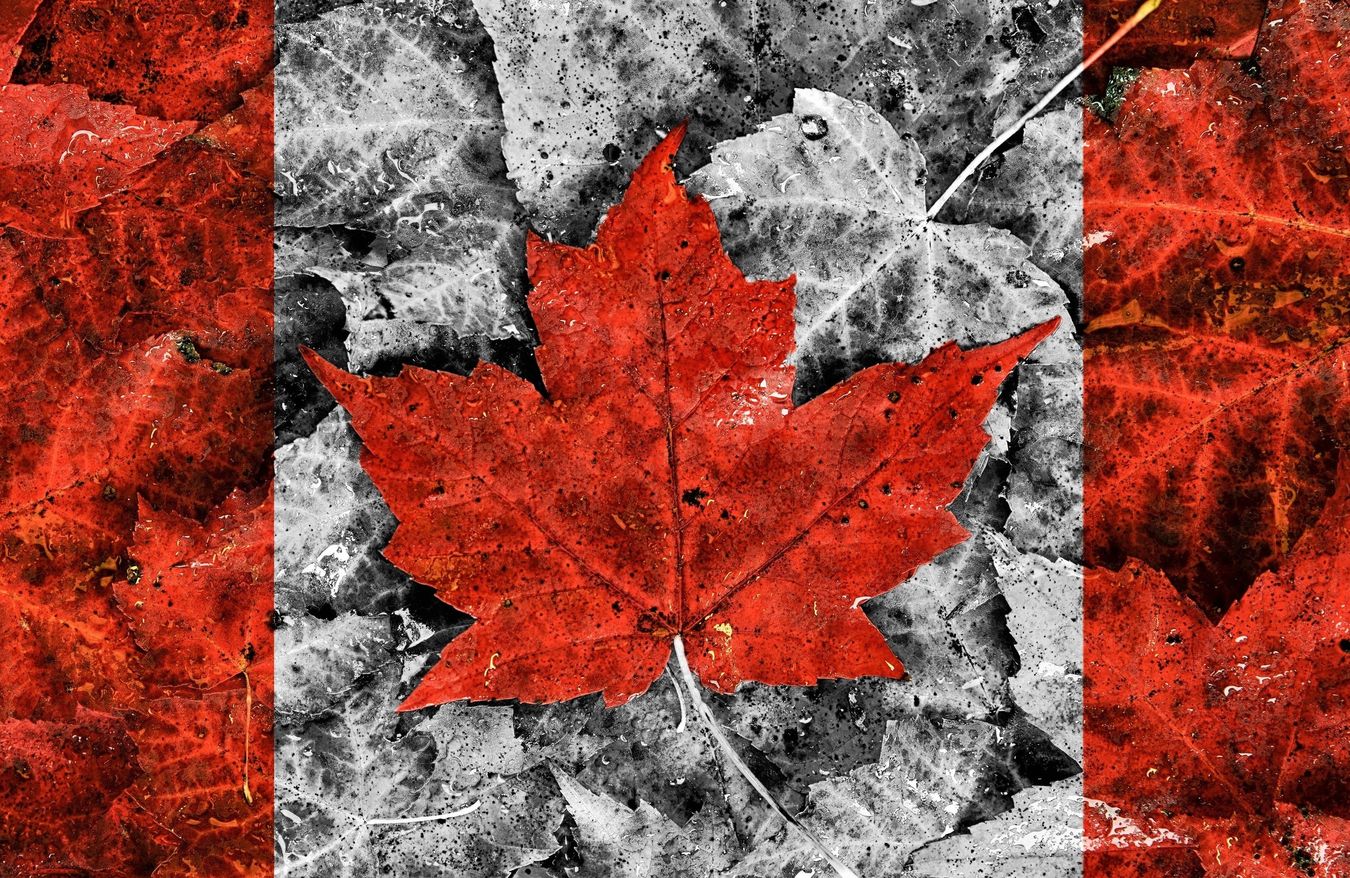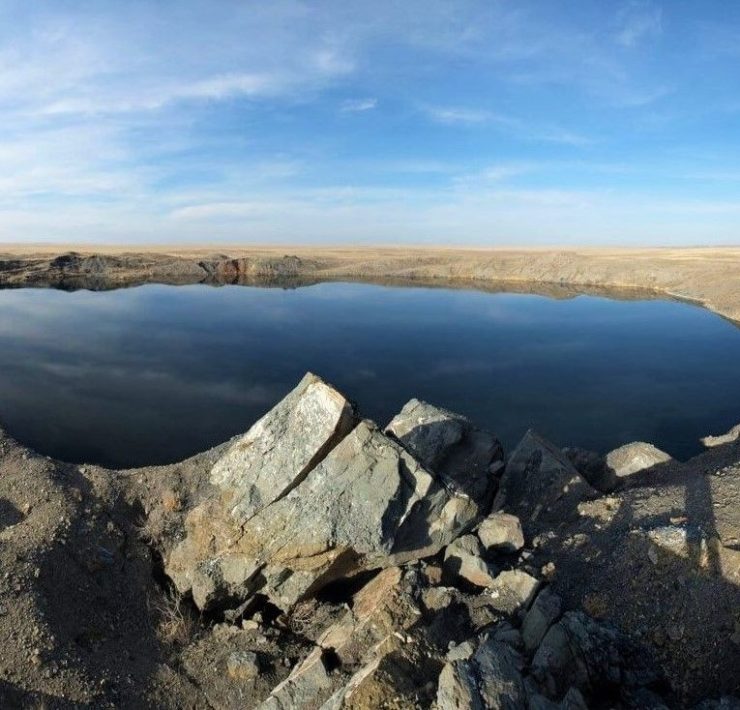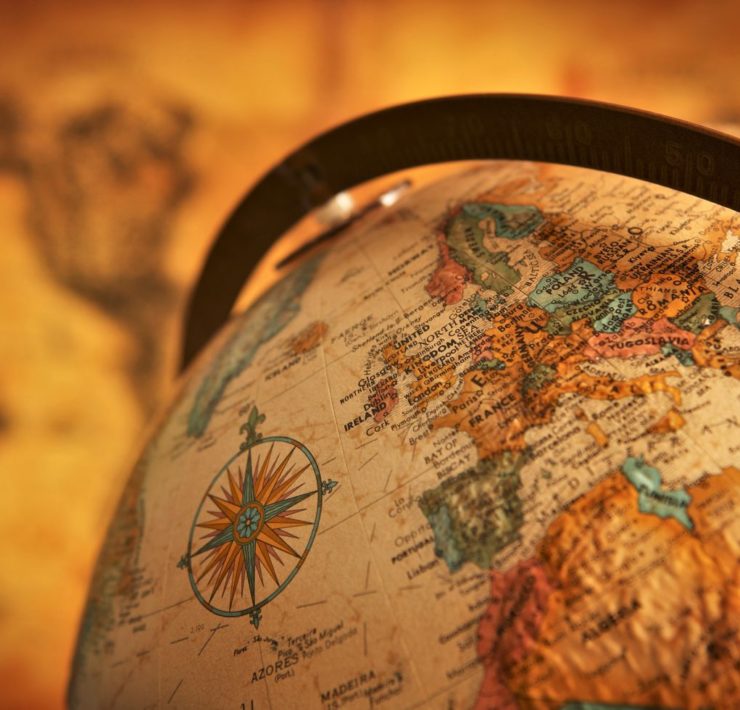Canadians are known to be well-mannered, friendly, and don’t mind being out of the spotlight – but not today.
Sorry! Canada isn’t all about maple syrup, the Double-Double at Tim Horton’s, killer bears, snow, and loads of poutine. There’s more to know about this huge country, and whether it’s weird or not, you better be informed. So let’s start now, eh?
1. Milk in Bags
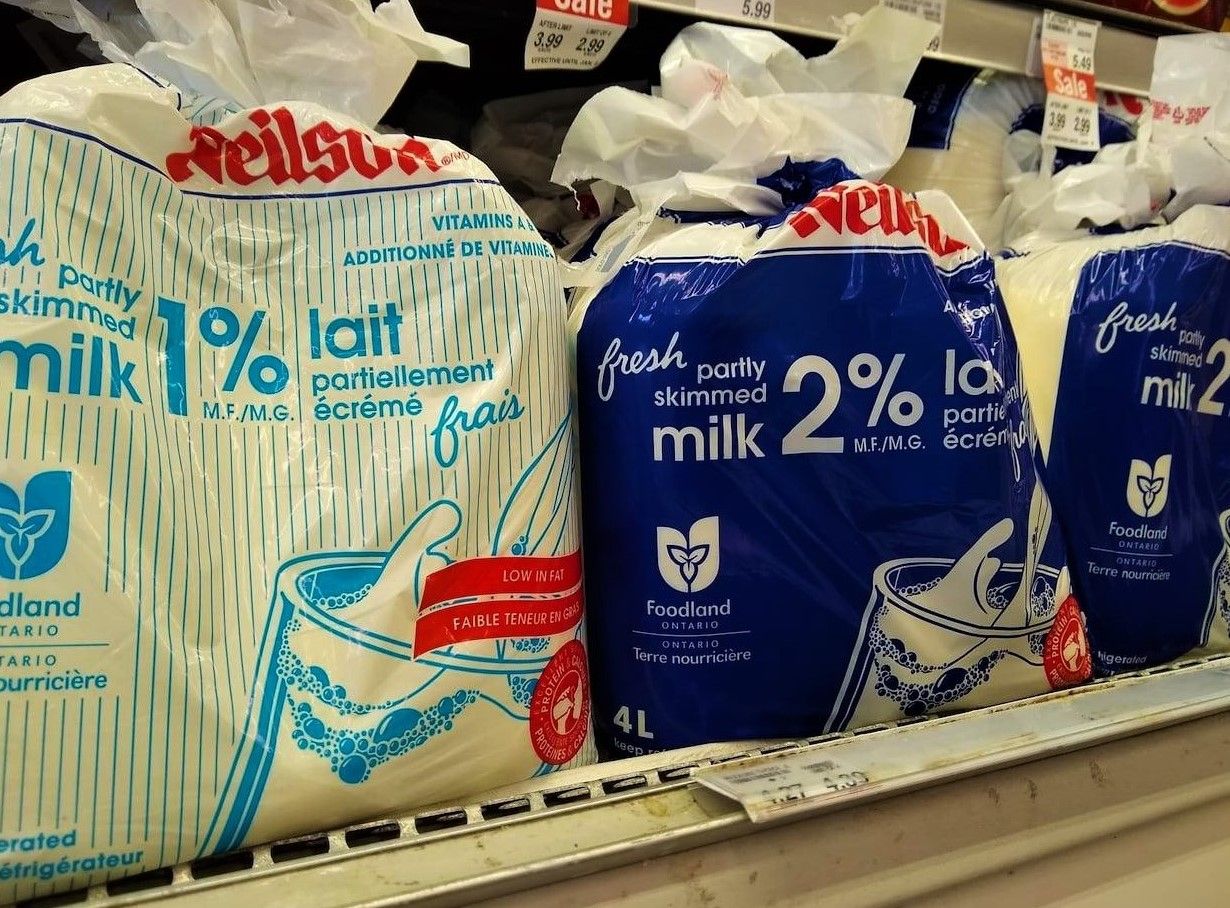
Before someone mentions “Bagged milk? That’s not true!” let’s be clear that most Canadians drink milk from jugs – but that’s not the case when you step in Ontario and Quebec as these regions get their milk packed in liter-sized plastic bags.
In 1967, DuPont brought the idea of using a milk bag in Canada using equipment developed in Europe. The local dairy made the change because using plastic bags was more convenient than using breakable glass bottles.
People in the said regions still use bags because they preserve the milk well, and individual bags are lighter to carry than three to four-liter milk jugs. However, the use of milk bags puzzles most people outside of Ontario and Quebec, and the issue of Jugs vs. Bags has been a debatable topic among Canadians. Which one do you prefer?
2. Eh?
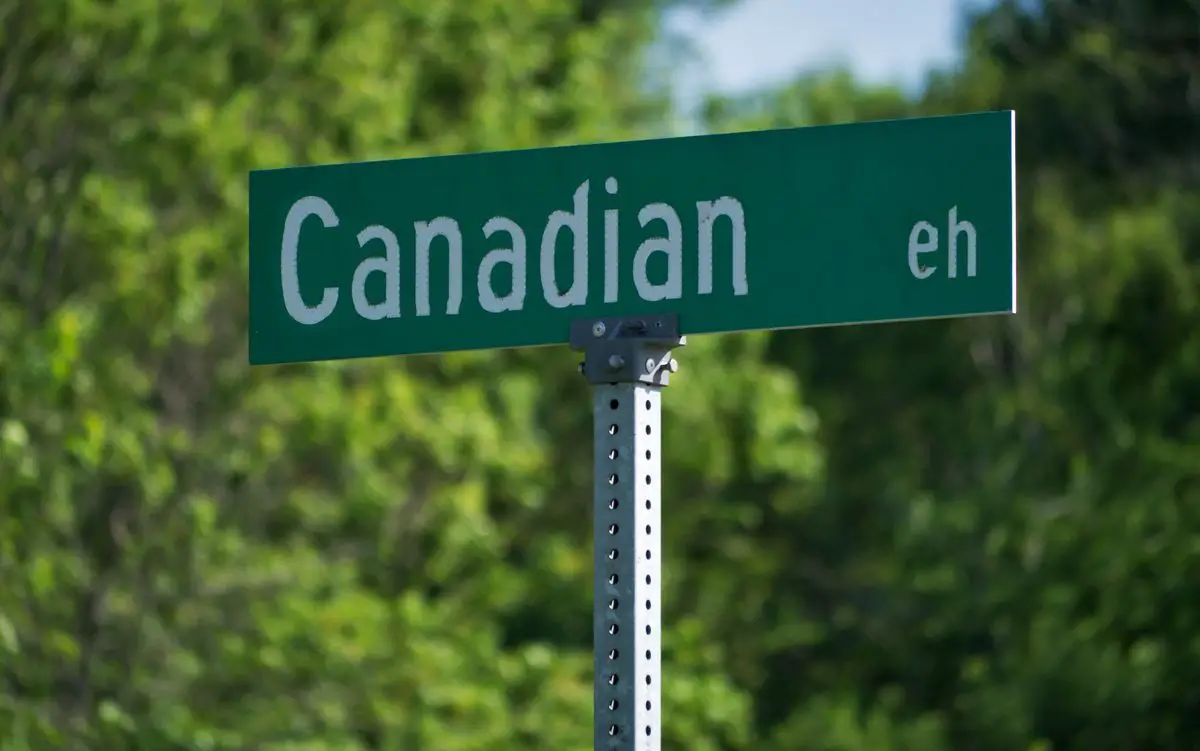
Just like the milk in plastic bags, the expression “eh” is also a regional thing. “Eh” is used widely in Central Canada but less frequently in the prairies and Atlantic Canada (though some say that it is also used in British Columbia).
However, this expression seems not to have originated in Canada and may have been derived from the native French “hey” or the Scottish “eh .” What’s unique to Canada’s “eh” is its ability to take on different meanings depending on where it is interjected and the expression with which it is delivered.
“Eh” can be used in different ways: for the statement of opinion, statement of facts, commands, exclamations, questions, to say “pardon,” in fixed expressions, insults, accusations, or in a narrative. Too many, eh?
Nowadays, it’s seen that the use of “eh’” in Canadian cities has been declining, and the word “right” enters as its replacement, popularly used by young, urban speakers of Canadian English.
3. Moose Alert
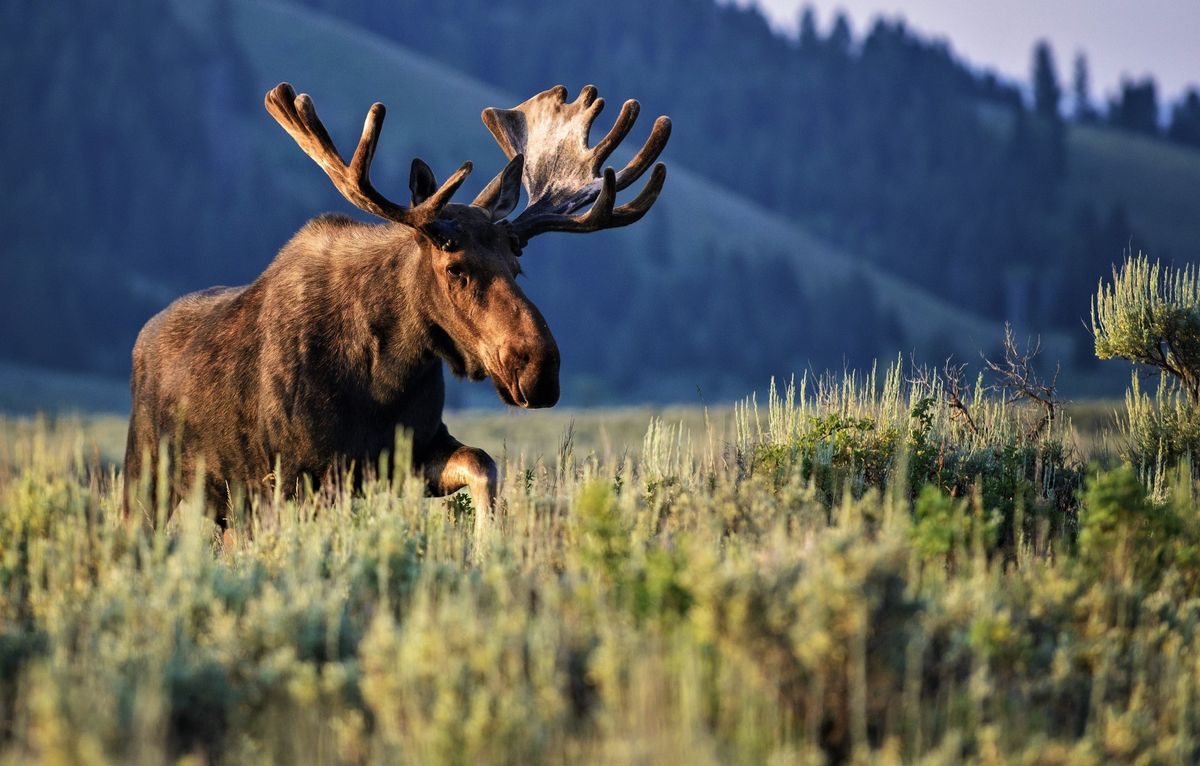
It’s not uncommon to find road signs on highways warning every passing vehicle about possible moose encounters. Moose (Meese, Moosi?) aren’t underestimated in Canada, and you should watch out too if it’s your first time driving through the country’s highways.
A male moose has an average weight of 400 kg, while a female moose has an average weight of 350 kg and an average height of 2.4 to 3.2 meters. Their body structure makes them dangerous when hit by motor vehicles, and these collisions can be fatal for both the moose and the motorist – like what happens when you collide with a surprise brick wall. Therefore, several measures like road signs, highway fences, and advisories for the motorists should always be observed.
4. A Multicultural Nation

Canada is a nation of newcomers. The Aboriginal people originally inhabited the country, and the immigration started from the French and British colonization in the 17th century.
No wonder why Canada has two official languages: English and French. Furthermore, the increase in immigration throughout the years has created a pluralist Canada with its almost 40% non-British and non-French population. Now, Canada is home to more than 200 other mother tongues, including Mandarin, Cantonese, Punjabi, and Spanish.
5. Hockey

Hockey can’t be ignored as a part of Canadian culture whether a Canadian likes it or not. Outdoor and indoor rinks are in every community across the country, and children are introduced to this game at an early age. Its place in the culture is closer to religion than a simple sporting pastime.
Undoubtedly it binds the country together, unifying over 33 million people often split by politics and language. For the International Olympic Committee (IOC), the sport is called “ice hockey,” but when in Canada, do what the Canadians do and drop the ice because it’s called “hockey .” Seriously.
6. Lining Up

Newcomers find it strange when they see Canadians properly lining up from schools to bus stops.
Lining up is listed alongside punctuality and frequent apologies as a cherished Canadian practice.
There’s actually an institution called the Canadian School of Protocol and Etiquette where new residents and young international students learn how to and where to lineup and how to maintain one’s proper place in the line.
7. Canada is Huge
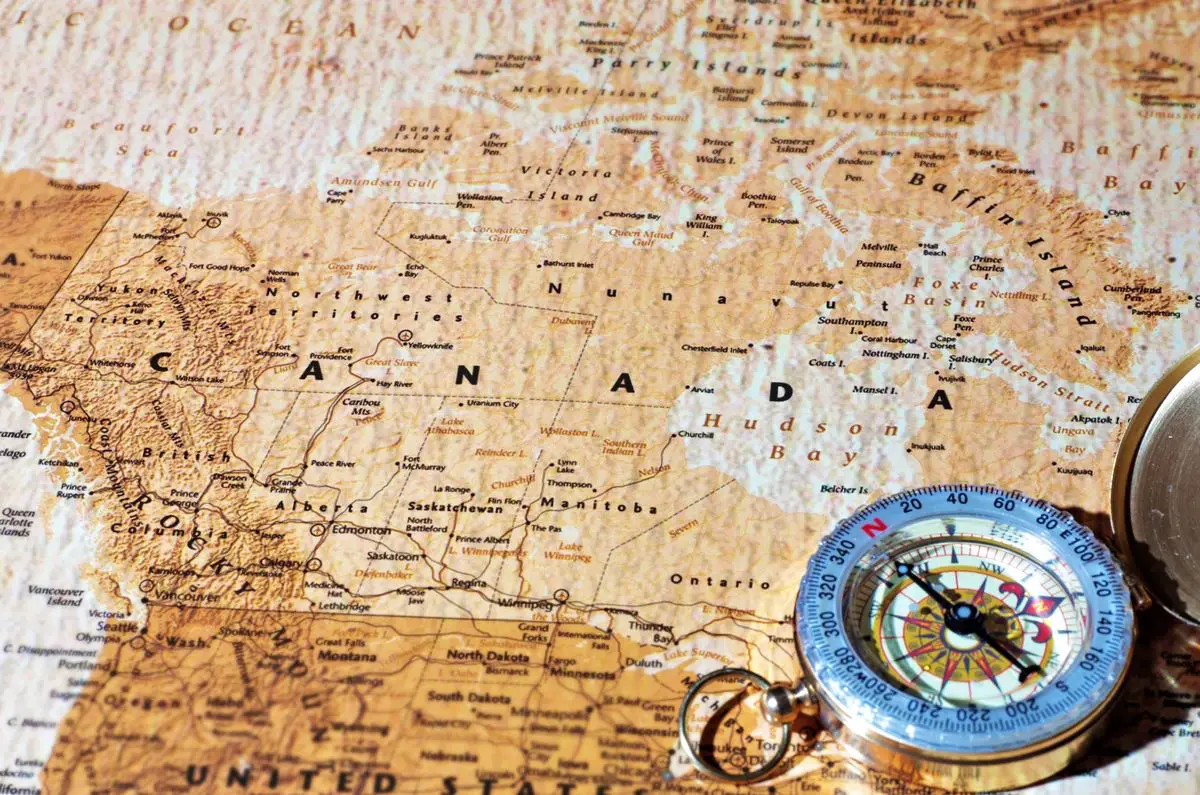
Canada is among the world’s largest countries, and its territory is second to Russia only. With a total area of 9.9 million square kilometers, Canada stretches wide, touching the Pacific, Atlantic, and Arctic Oceans.
It consists of 10 provinces: Ontario, Quebec, British Columbia, Alberta, Manitoba, Saskatchewan, Nova Scotia, New Brunswick, Newfoundland and Labrador, and Prince Edward Island; plus three territories: Northwest Territories, Nunavut, and Yukon.
A week isn’t enough to appreciate a part of this country. Canada is so vast that St. John’s, Newfoundland, is geographically closer to London, UK, than it is to Vancouver.
8. Sorry!

Canadians say sorry too much. Although you’ll expect to hear a lot of sorries in Canada, don’t even feel like everyone’s apologizing to you.
Saying “sorry” isn’t always an apology but a “politeness strategy — a way to have smooth, norm-abiding, harmonious interactions .” Canadians are known to be polite, so it isn’t a surprise to hear them overuse the word “sorry,” which may have stemmed from their polite culture.
9. Weather Problems
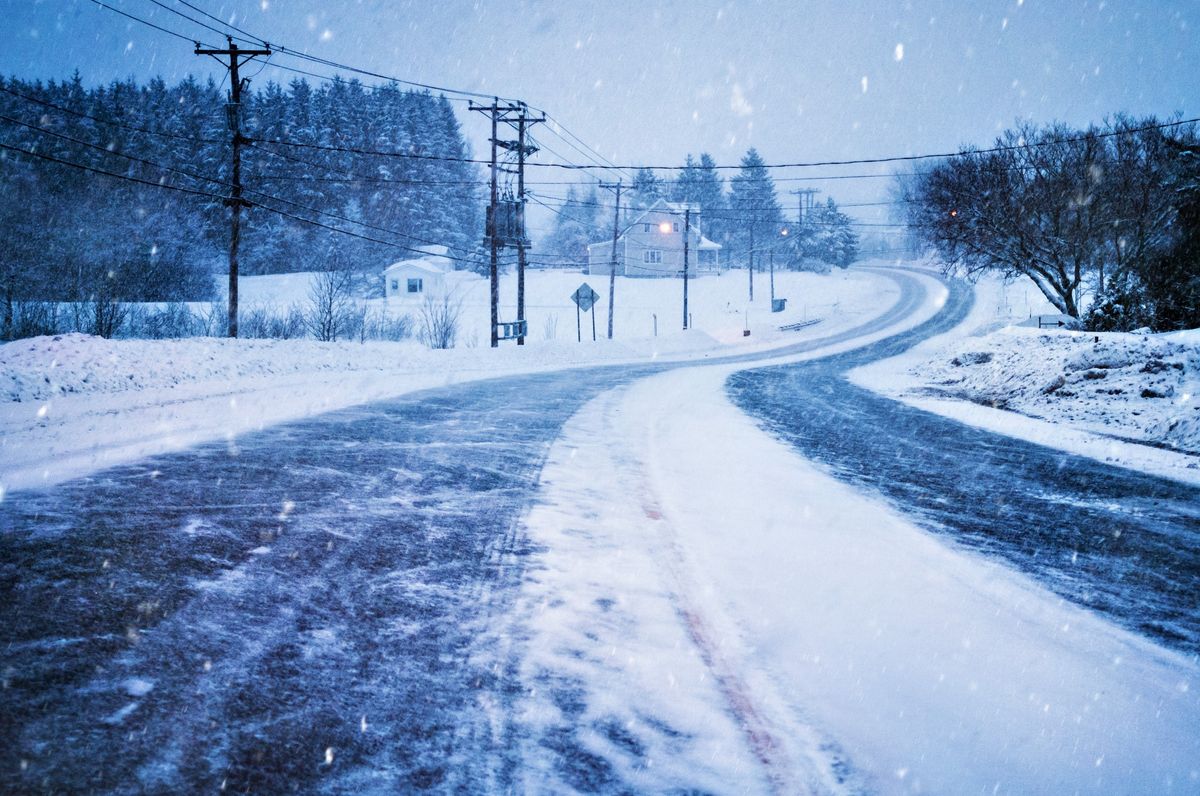
Canadians love to talk about the weather more than anyone else in the world. A report says that besides sports, weather-related news dominates Canada’s headlines.
In comparison to the averages of 160 countries in the study, Canadian media ran 229% more weather coverage than anywhere else.
Canadians’ obsession with the weather is due to the fact that Canada is a large, geographically diverse country with weather patterns that can vary widely from province to province, season to season, and day to day.
However, of course, not all Canadians are obsessed with the weather. A survey showed that only 70 percent said they’re very likely to check the forecast on a typical day, and only 63 percent said the forecast is important to them.
10. Hidden Patriotism
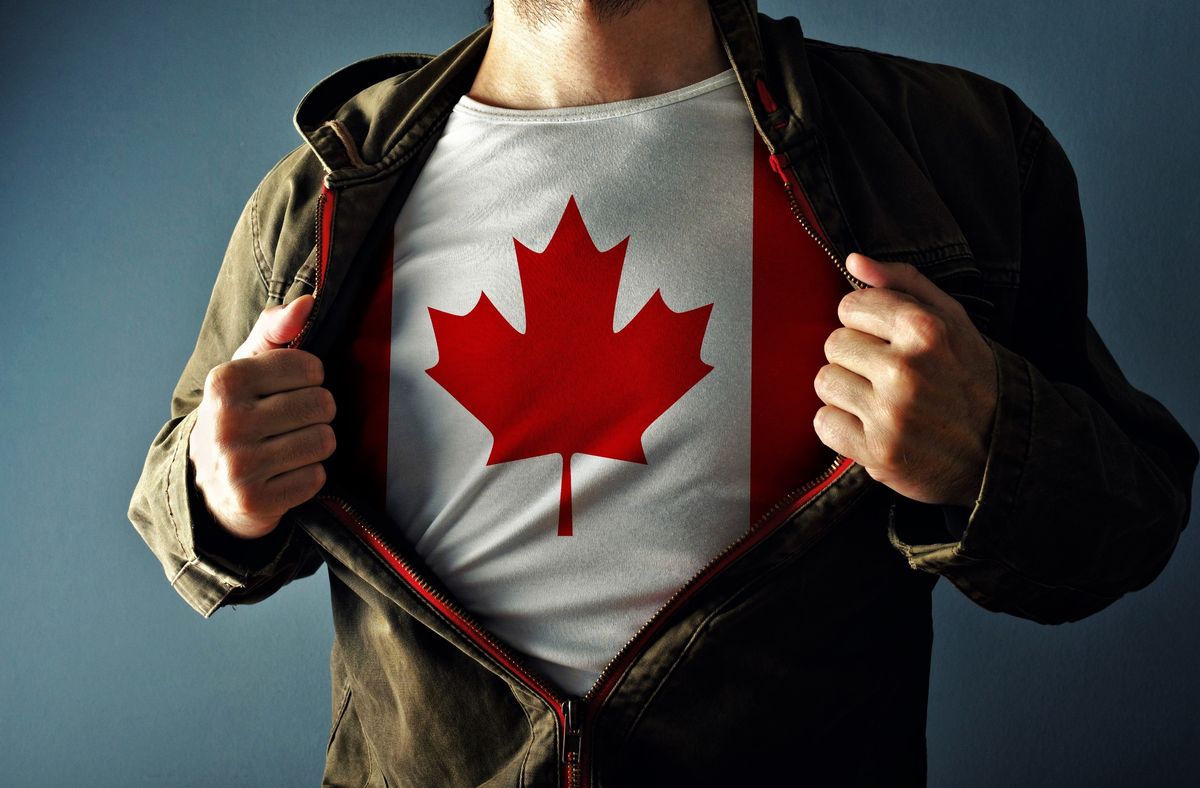
Canada is often considered as the quiet and likable neighbor of the United States. However, unlike their American neighbors, Canadians don’t show how much they love their country.
It’s not that Canadians aren’t proud of where they live or don’t take pride in the values and ideals for which their country stands. It’s just they believe they don’t need to shout it out, wave their flags, and set a lot of fireworks in the sky to show their love.
Even Canadians themselves agree that they need to be more proud of the country, but the numbers of those who agree have been slowly decreasing through the years as Canada’s pride becomes louder and more visible.
Nowadays, Canadian patriotism is even evident in social media with the hashtags #ProudCanadian and #IamCanadian.
Kailey is a travel writer currently based in New York, but mostly on the move. She loves sharing interesting stories from her experiences with the local culture, food and adventure activities through her writing. When she is not eating french fries and sipping wine, you can find her traveling to different areas, capturing new stories, teaching yoga, or working on her helicopter license.

